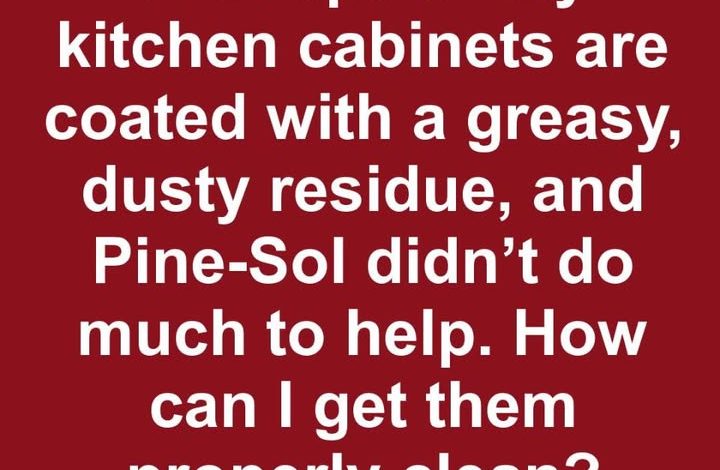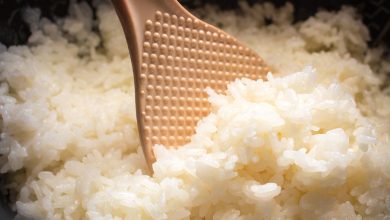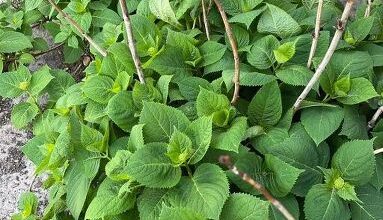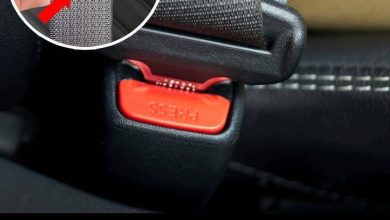Any ideas?

Keeping your kitchen cabinets clean, especially the ones above the stove, can be a real challenge. These cabinets often get coated with a sticky layer of grease and dust. This happens because cooking oils and tiny bits of food float in the air and land on the cabinets. The oil makes the dust stick, and over time, this mix of grease and dust becomes a thick, stubborn mess. Cleaning regularly is important, but sometimes, you need a stronger cleaning method to get rid of this buildup.
Why Pine-Sol Might Not Be the Best Choice
You might think Pine-Sol would be good for cleaning greasy cabinets because it smells nice and kills germs. However, Pine-Sol isn’t always the most effective cleaner for this specific problem. While it’s good for general cleaning, it’s not designed to break down heavy grease. Grease needs a special kind of cleaner, called a degreaser, to dissolve it. Pine-Sol might not be strong enough to cut through the thick grease, and you might have to clean the cabinets again. As the saying goes, “A stitch in time saves nine,” and in this case, using the right cleaner from the start can save you extra work later.
Choosing the Right Cleaners
To really clean greasy cabinets, you need a product made for cutting through grease. Look for degreasers. These cleaners have special ingredients called surfactants. Surfactants are like tiny helpers that break down the grease and lift it away from the surface. Regular dish soap, the kind you use for washing dishes, is actually a great degreaser. You can also find special kitchen degreasers in stores. For cleaning tools, microfiber cloths or sponges are your best bet. They’re really good at grabbing dirt and grease, and they won’t scratch your cabinets. Remember, as the saying goes, “Cleanliness is next to godliness,” and using the right tools makes cleaning much easier.
Cleaning Greasy Cabinets: Step by Step
Here’s how to clean those greasy cabinets:
- Take everything off the tops of the cabinets. You need a clear space to work.
- Use a dry microfiber cloth to wipe away any loose dust.
- Mix warm water with a few drops of dish soap or a good degreaser.
- Dip your sponge or cloth in the soapy water, squeeze it out so it’s not dripping, and gently scrub the cabinets.
- If the grease is really stuck on, let the soapy water sit on it for a few minutes before you scrub.
- Rinse your cloth or sponge with clean water and wipe the cabinets again to get rid of any soap.
- Use a clean, dry cloth to dry the cabinets. This will prevent water spots.
Natural Cleaning Options
If you prefer natural cleaning methods, you can use vinegar and water. Mix equal amounts of white vinegar and warm water in a spray bottle. Spray it on the greasy spots, wait a few minutes, and then wipe it off with a microfiber cloth. Baking soda is another good natural cleaner. Make a paste with baking soda and water, put it on the greasy spots, and gently scrub. These natural cleaners are effective and good for the environment. As the saying goes, “An ounce of prevention is worth a pound of cure,” and using natural cleaners regularly can prevent heavy grease buildup.
Keeping Your Cabinets Clean
To keep your cabinets clean in the future, try to clean them regularly. Wipe down the tops of the cabinets every week with a damp cloth to remove any new dust or grease. A good range hood over your stove can also help a lot by sucking up grease and smoke while you cook. Using splatter guards when you cook can also keep grease from splattering on your cabinets. You can also put a thin layer of furniture polish or wax on the cabinet tops. This creates a protective layer that makes cleaning easier later on.
Things to Avoid
When cleaning your cabinets, there are some things you should avoid. Don’t use rough scrubbers or strong chemicals. They can damage the finish on your cabinets. Always test a new cleaner in a hidden spot first. Don’t soak the cabinets with water.
Too much water can damage the wood. Make sure you rinse and dry the cabinets well after cleaning to prevent soap buildup or water damage. And most importantly, don’t forget to clean regularly. The longer you wait, the harder it will be to remove the grease.




